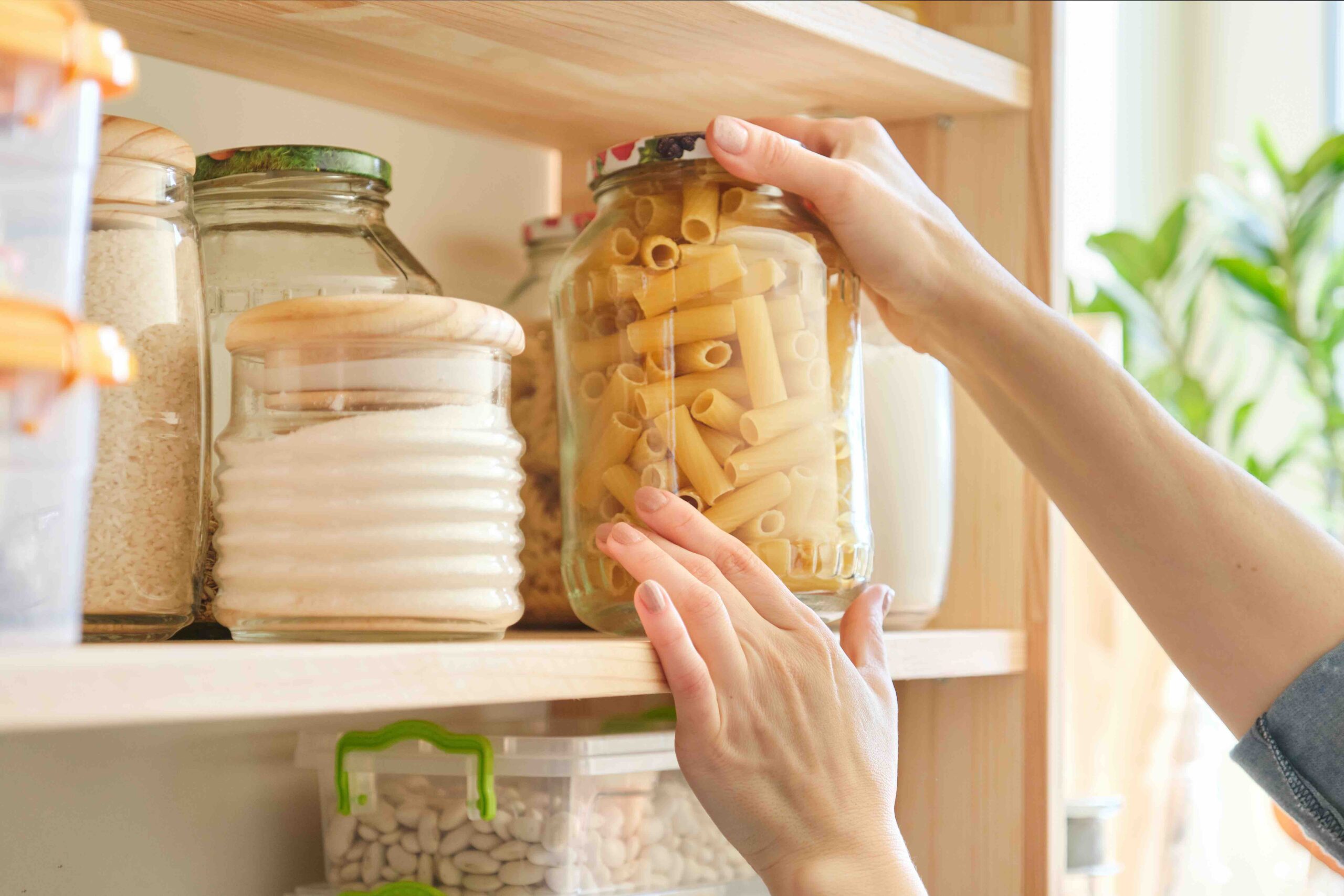What exactly is the shelf life of uncooked pasta? That pasta has a long shelf life should come as no surprise to you. But how long is pasta actually shelf life and how do you know for sure? We tell you exactly what to look out for and give you some handy tips.
What is the shelf life of uncooked pasta?
Uncooked pasta or spaghetti has a shelf life of about 2 years. Because uncooked pasta is a dried product, you can store it for a long time and it has a long shelf life. Look at the expiration date on the package to check the shelf life.
Pasta comes in many shapes and sizes but does this mean that each pasta has a different shelf life? What is the best way to store pasta for a long shelf life? Just a few questions that may come to mind. Therefore we have researched the average shelf life of pasta and how best to store it.
The shelf life of the most common uncooked pastas:
In our pasta shop, we have more than 100 different types of dried and uncooked pasta. For this blog, we went through our entire warehouse and listed the average shelf life of the most commonly eaten pasta varieties. Pretty easy for you!
The average shelf life of:
Spaghetti: 24 months
Penne: 24 months
Fusilli: 24 months
Tagliatelle: 24 months
Macaroni: 24 months
Whole wheat spaghetti: 24 months
Whole wheat penne: 24 months
Spelt spaghetti: 24 months
Spelt penne: 24 months
So you can simply say that the most commonly eaten pastas have a shelf life of 24 months after the production date. There are some pastas that have a shelf life of up to 36 months, but on average, the shelf life of uncooked pasta is 2 years or 24 months.
What is uncooked pasta?
To estimate the shelf life of uncooked pasta, it is important to first be clear about what exactly we mean by dried and uncooked pasta. This is because there is a big difference in shelf life between dried and fresh or cooked pasta.
In this blog, we are talking about the shelf life of uncooked and therefore dried pasta. Pasta that has not been in boiling water and also does not fall under fresh pasta.
You probably know what we are talking about. Pasta in a plastic bag or in a cardboard box on the supermarket shelf. So not in the refrigerated section, but on the regular shelf. We are talking about this type of pasta when we talk about dried pasta.
Why is uncooked pasta long-lasting?
Dried and uncooked pasta has an average shelf life of about 2 years, or 24 months. It can even happen that pasta has a shelf life of 3 years. Of course, when pasta has a 2-year shelf life, we count that from the time the pasta was produced and packaged.
Dried and uncooked pasta has a long shelf life because, as the word says, there is no moisture in the pasta. Moisture allows bacteria and mold to develop and therefore cooked or fresh pasta has a much shorter shelf life.
Dried pasta does not suffer from this “rotting process” because the pasta is laid out or hung to dry immediately after production. The moisture evaporates from the pasta and this is why this type of pasta keeps for such an incredibly long time.
Does uncooked pasta also have a long shelf life when the package is opened?
You recognize the situation: you bought a 500-gram bag of dried spaghetti, and you only need 250 grams for your pasta dish. So you are left with 250 grams of uncooked spaghetti and a package that has been opened. Is this a problem for shelf life?
Uncooked or dried pasta also just has a long shelf life once you have opened the package. This is because the product is still the same. It is still dried pasta that is free of water. If there is no water in pasta, it will not rot and therefore it will keep for a long time.
The only annoying thing is that you are left with an opened package. This is not so practical because if you are not careful for a moment, the whole floor is covered in spaghetti strands. Very annoying, but you don’t have to worry about the durability of the pasta!
Don’t want a floor full of spaghetti strands? Then we have a very nice solution for you that we really recommend. The best way to store leftover spaghetti is in a spaghetti canister. But this canister has a special lid where you can immediately measure out the right amount of spaghetti. How handy is that! So you can store spaghetti and measure it at the same time…
Pay attention to shelf life when buying pasta
As with many other products, it is important to pay attention to the expiration date even with pasta. The 2-year shelf life starts from the moment the pasta is packaged.
There should always be a date on the packaging. This is a legal requirement for pasta producers, so you can be sure that the packaging of the dried pasta will show this.
Some types of pasta are on the shelf and only have a few months left. So is this immediately a reason to abandon that package? No, what are the chances of not eating pasta for months? In my world, that chance is very small! And let’s be honest, in yours it probably is too. So just grab that pasta packet and make sure to waste as little food as possible.
The shelf life of whole wheat pasta
You have regular pasta and you have whole wheat pasta. Whole wheat pasta has been very popular in recent years because it has a number of benefits. But does this type of pasta also have a longer shelf life than the regular variety?
The answer is simply put: no. Whole wheat pasta almost always has a shelf life of 2 years. So whole wheat pasta has the same shelf life as regular pasta. Also in whole wheat pasta there is no moisture and it is a dried product. Therefore, whole wheat pasta also just keeps for 2 years.
The big difference between whole wheat pasta and normal pasta is that during the milling of the wheat, the husk is also ground. Whole wheat pasta is therefore more nutritious and has a number of other advantages. In our blog: “whole wheat pasta really healthier?” you can read more about the benefits of whole wheat pasta.
The shelf life of spelt pasta
Spelt pasta has the same shelf life as regular and whole wheat pasta. In other words, spelt pasta has an average shelf life of 2 years.
Of course, the condition for the long shelf life is that the pasta is dried and uncooked. But this also applies to regular pasta and whole grain pasta.
Tips for keeping pasta shelf life
Pasta has a long shelf life by itself, yet there are things you can do yourself to improve the pasta shelf life as well. Especially after you’ve opened the package, it’s handy to store leftover pasta in the right way. That’s why we give you a few handy tips:
Always store pasta in the dark:
Pasta is best stored in a dark cupboard. This applies to most dried products, by the way, and that includes pasta.
Store pasta in a dry place:
Pasta is dried and that’s why it keeps so long. So make sure no moisture gets to it so that the shelf life remains good. Moisture can start to cause mold effects, which can cause pasta to break down. So in addition to a dark place, a dry storage area is very important.
Store pasta in a pasta storage container:
Of course, it is not necessary, but it is recommended. Store your leftover pasta in a weck jar or a pasta storage can. This way you seal the pasta from the outside air and you can be sure no moisture can get to it. Put the jar in a dark place and you can be sure your pasta will keep for a long time!
Conclusion
Our conclusion about the shelf life of uncooked and dried pasta is that the vast majority will keep for about 2 years. So pasta is really a product that you can buy in bulk and put in your pantry without having to worry about shelf life.

